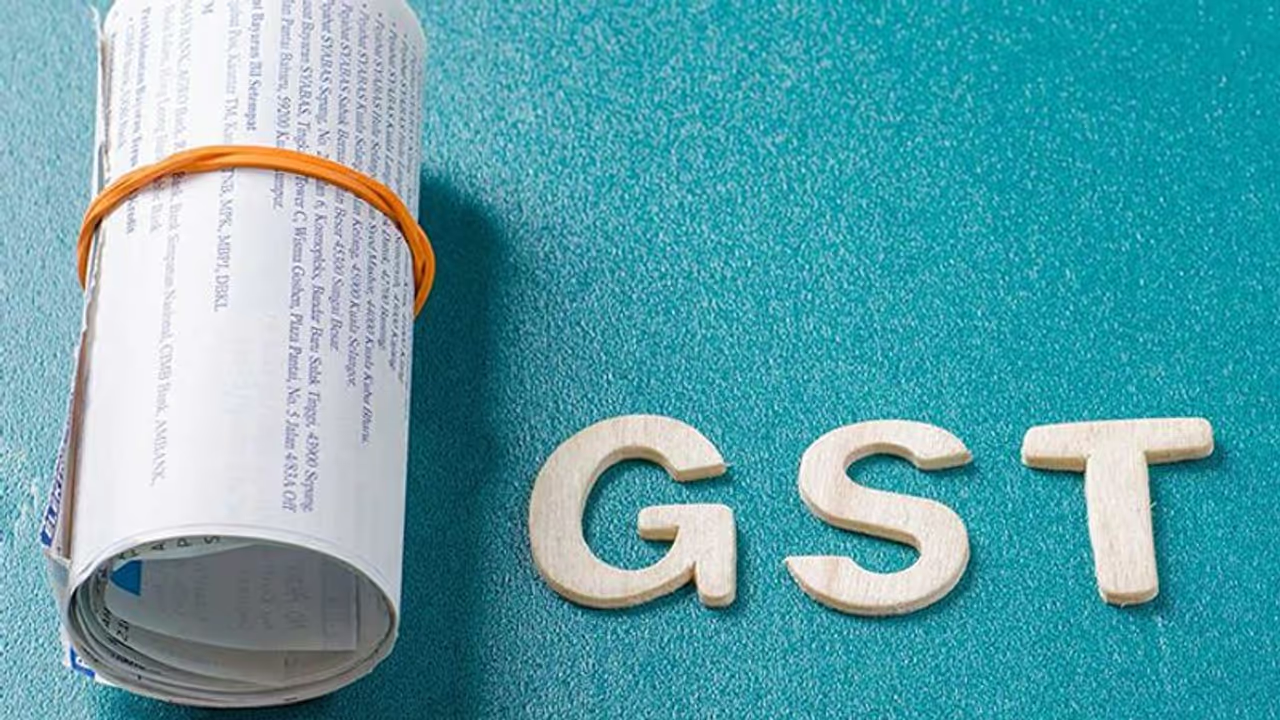The collection of Good and Services Tax (GST) saw a growth of 4.1% from April to November 2019. Cumulative GST collections saw a rise in growth from October 2019, the Economic Survey pointed out adding that it has sustained momentum in November-December 2019 too.
New Delhi: A drop in fixed investment by households from 14.3% to 10.5% contributed to most of the fall in overall fixed investment between 2009-14 and 2014-19, the Economic Survey for 2019-20 released on Friday stated.

There was a slight decline in fixed investments in the public sector (7.2% of GDP to 7.1%) during the two time periods.
The survey pointed out that stagnation in private corporate investment at about 11.5% of GDP between 2011-12 to 2017-18 has a vital role to play in explaining the slowing cycle of growth and also the recent deceleration of GDP and consumption.
The fiscal deficit was budgeted at Rs 7.04 lakh crore (3.3% of GDP) for 2019-20, as compared to Rs 6.49 lakh crore (3.4% of GDP) in 2018-19.
On the upside, there has been growth of 4.1% from April to November 2019 in the collection of Good and Services Tax (GST). However, the rise in the growth of cumulative GST collections for the Centre started in October 2019, the survey pointed out adding that it has sustained momentum in November to December 2019 too.
Bank credit growth rose in the first half of 2018-19 but started to slide down in the second half of 2018-19 and dipped even further in the first half of 2019-20.
All non-food credit segments witnessed a slowdown, except personal loans which rose steadily.
It seems like not many sectors were spared though. The survey said that deceleration in credit growth was mostly in the services sector. Credit growth to the industry also witnessed a significant fall (both MSME sector and large industries).
Agriculture and allied activities benefitted from a higher growth of credit.
Despite the muted growth of services exports, the trade balance on the services accounts continued to be positive in 2019-20. The trade surplus on services account has been estimated at $40.5 billion in the first half of 2019-20 as compared to $38.9 billion in 2018-19.
Lower current account deficit (CAD) reflects reduced external indebtedness of the country, making domestic economic policy increasingly independent of external influence.
The CAD, which was 2.1% of GDP in 2018-19, has improved to 1.5% in H1 of 2019-20 on the back of significant reduction in the trade deficit. In the first eight months of 2019-20, both gross and net FDI flows to the country have been more than the flows received in the corresponding period of 2018-19.
Net FPI inflow in the first half of 2019-20 was also robust at $7.3 billion as against an outflow of $7.9 billion in the first half of 2018-19.
